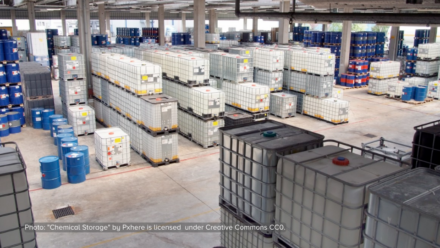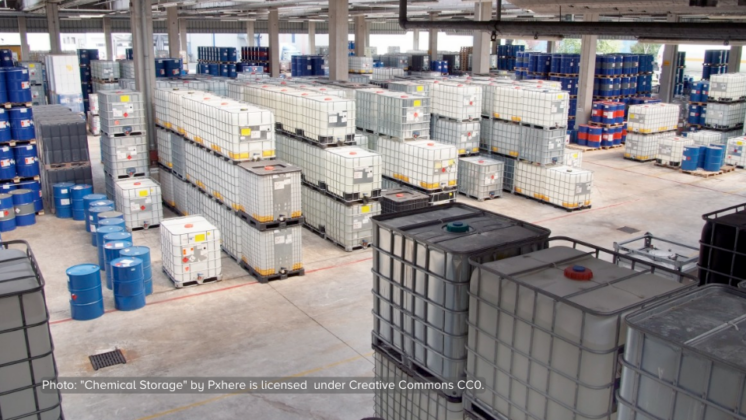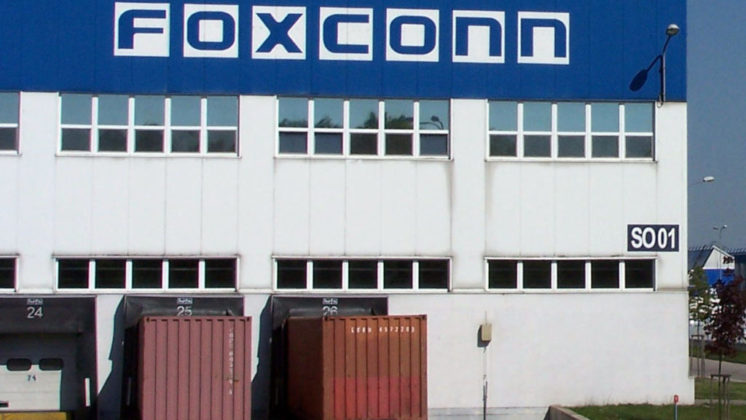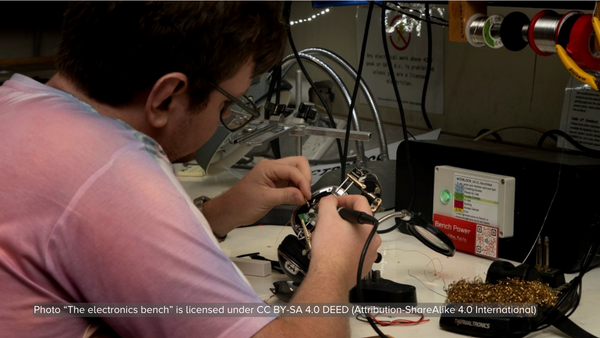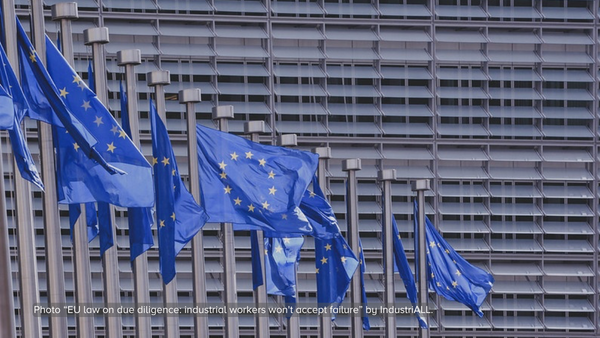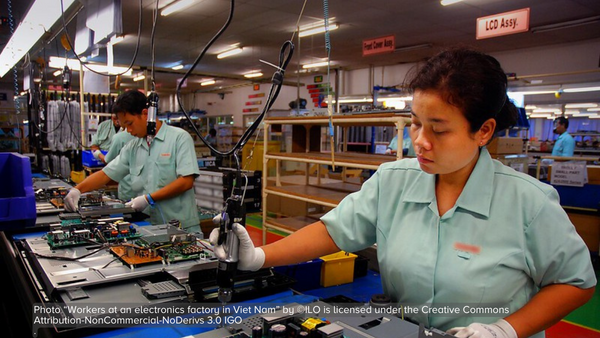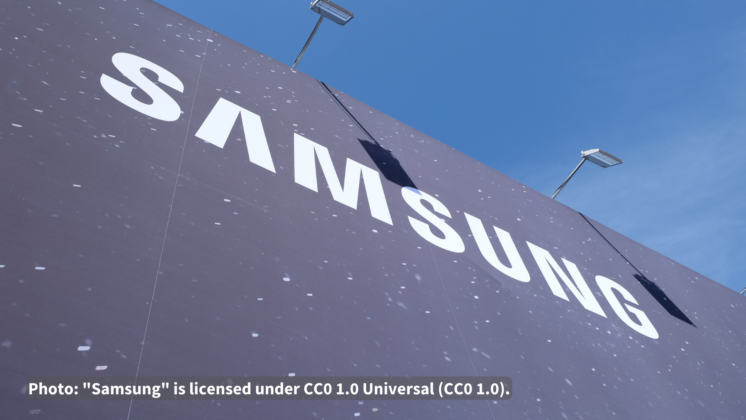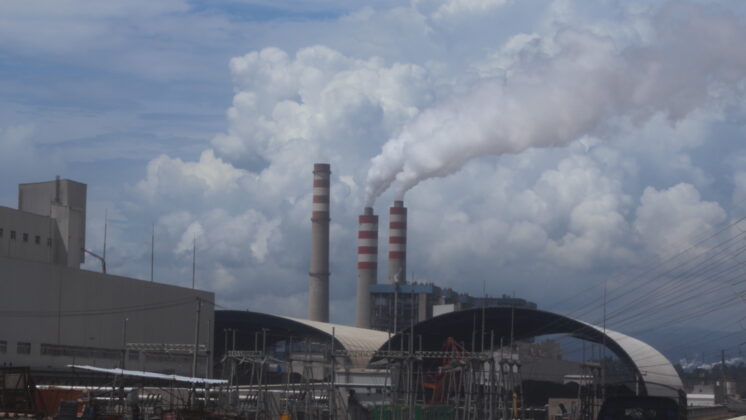The unnecessary use of potentially toxic fire retardants in household electronics enclosures stopped, for now.
The majority of IEC 62368 improves existing standards for electronic product safety; however Clause 7, a part of the standard which would have required plastic enclosures for household electronic products to withstand candle flame ignition, had no valid fire safety rationale, but enormous potential negative consequences. The Clause, which was promoted as an enhanced fire safety standard, in fact had limited potential to affect fire safety, as appliance fires represent only a small number of the total candle fires in the US each year. In the US - which has the best fire data in the world - appliance fires caused by candles, which represent a far broader scope than was covered by this draft standard, amount to only 3% of total candle fires, result in no deaths, and cause only $5M of property damage a year according to a 2007 report by the National Fire Protection Association.
In order to meet the requirements outlined in Clause 7, producers would likely have used hundreds of millions of pounds of potentially toxic fire retardant chemicals that can migrate out of consumer products into dust, humans, and animals where they persist and bioaccumulate. Many dozens of peer-reviewed scientific papers provide evidence of environmental toxicity as well as negative health impacts in many species, including humans. Fire retardant chemicals that are used in electronics and many other products can cause neurological and reproductive impairments such as hyperactivity, mental retardation, reduced sperm count, reproductive dysfunction, thyroid abnormalities, endocrine disruption, and/or cancer in animals exposed to them. These negative impacts have led to an ongoing stream of restrictions by governments around the world on the use of a series of fire retardant chemicals in consumer products.
Dr. Arlene Blum, who is working with the coalition of scientists and physicians who studied the impacts of Clause 7, noted, "My colleagues and I are delighted that the IEC committees didn't move forward with this potentially destructive standard without considering current health and environmental information." Dr Blum coordinated the research and writing of the "The Case against Fire Retardant Electronics, an extensive report which summarizes scientific research showing that the fire retardant chemicals currently in use could have negative environmental and health consequences, and also highlights the lack of a well-documented fire safety rationale in Clause 7.
The fire retardant chemical industry does not provide adequate information about the chemical composition or toxicology of its products, nor does it acknowledge the extensive literature of scientific publications showing environmental and health/safety problems. Clause 7 was initiated and promoted by this industry through the National Association of State Fire Marshals (NASFM) which is housed in the office of the fire retardant industry's Washington, DC-based lobbyist, Peter Sparber and Associates.
"Through deceptive and incomplete data, and sheer force of will, the fire retardant industry has, over the past several years, very nearly succeeded in making this candle flame ignition requirement a fait accompli", said Mike Kirschner of Design Chain Associates. "The electronics industry's desire is to improve environmental performance of its products and this would have driven it in the other direction for no good reason."
Following a decision last December by the Consumer Product Safety Commission (CPSC) to not move forward with an open flame standard for furniture foam due to health and environmental concerns, CPSC Commissioner Thomas Moore said, "No one wants to trade fire risks for chemical toxicity risks." No one, that is, except the fire retardant chemical industry.
"Fire retardant chemicals are building up in our bodies at astonishing rates, with children now showing the highest levels. This is of great concern given that these chemicals have not been proven safe," said Sara Schedler, of Friends of the Earth. "We cannot continue to allow consumers to be the test subjects for the chemical industry."
"We are pleased that the chemical industry failed in its attempt to use false claims about fire safety as a way to sell more hazardous chemicals," said Judy Levin, of The Center for Environmental Health.
"Consumers deserve safe electronics made without unnecessary chemical threats."
The efforts of the fire retardant chemical industry to promote candle standards for consumer electronic housings through the NASFM are not over. There are two other draft IEC standards, revisions of IEC 60065 (TV and audio equipment) and IEC 60950 (IT equipment), that incorporate this same Clause 7 candle flame resistance requirements. In addition, the NASFM has introduced the requirement in Canadian CSA and American UL standards which have votes scheduled for May 19. We urge members of all committees to vote against all of these harmful and unnecessary standards.
...
The Initiative for Green Science Policy's mission is to interface between academic scientists and engineers and industry to provide current objective research results and data to help industry move to less toxic chemicals and means of production. It will serve as an interface between scientists and the policy needs of national, state, and local governments and will educate undergraduate and graduate science and engineering students to understand and include environmental and health impacts of chemicals and materials in their research.
...
Friends of the Earth (FOE) is a 39-year old international environmental nonprofit organization with U.S. bases in Washington D.C. and San Francisco. FOE conducts major campaigns on global warming, human health and toxics elimination, cleaner energy and transportation. FOE's Safe Kids campaign protects public and environmental health by working towards chemical policy reform and the immediate phase-out of highly toxic chemical fire retardants from consumer products.
...
Design Chain Associates, LLC provides services that help Electronics OEMs increase engineering, procurement, and production efficiency, product and operational environmental performance, and corporate profitability by ensuring that the right decisions about supply base and the environment are made during the earliest stages of the product lifecycle, and are built-in to corporate strategies and tactics. We focus on helping manufacturing clients understand, comply with, track, and develop profitable strategies around and beyond emerging environmental regulations like RoHS, WEEE, EuP, and REACH.
...
Center for Environmental Health: For over ten years, the Center for Environmental Health has worked at the intersection of public health and the environment, reducing pollution and promoting alternatives to the many chemicals that cause cancer, asthma, learning disabilities, birth defects, and other illnesses. For the past three years, CEH has been working on minimizing the environmental and public health impacts of electronics throughout their lifecycle. Our cutting-edge work moves major industries to greener practices, demonstrating the value in business that protects public health.
Arlene Blum, PhD
Visiting Scholar, Chemistry
University of California, Berkeley
Phone: 510 644-3164
[email protected]
www.greensciencepolicy.com
Judy Levin
Pollution Prevention Coordinator
Center for Environmental Health
Phone: 510-594-9864 Ext. 316
[email protected]
www.cehca.org
Michael Kirschner
President
Design Chain Associates, LLC
Phone: (866) DCA-7676
[email protected]
www.DesignChainAssociates.com
Sara Schedler
Campaign Associate
Friends of the Earth
Phone: 415.544.0790, ext. 17
[email protected]
www.foe.org

